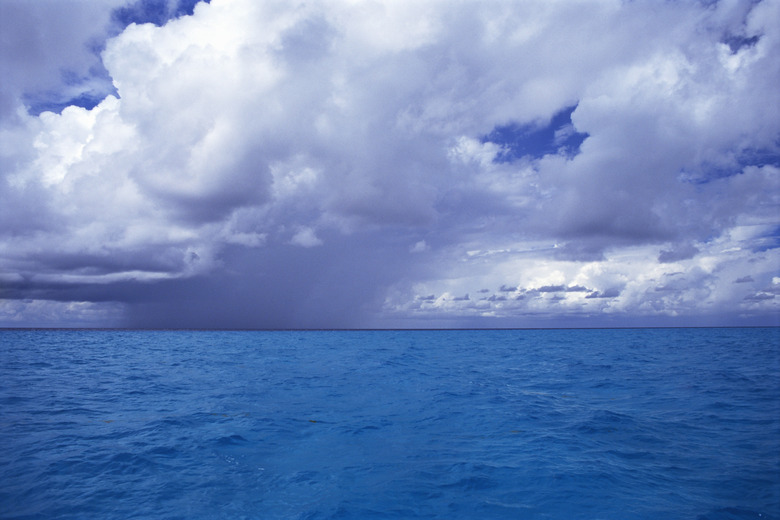Why Is The Uneven Heating Of Land And Water Responsible For Land And Sea Breezes?
Earth naturally supports life by the uneven distribution of land and water. In some places, land is surrounded by large water bodies that influence daily weather conditions. Knowing about these land-sea interactions can also help you understand why some of your most favorite tropical vacation spots often experience afternoon thunderstorms.
Weather Fronts
Weather Fronts
The uneven heating of land and water leads to the creation of fronts. A frontal boundary is a dividing line between two different air masses. Fronts may also mark the position of unsettled weather, such as thunderstorms. The strength of the front depends on how large the temperature difference becomes. Fronts can be warm or cold and even stationary. Some fronts can occur on smaller scales and are driven by land-sea interactions. These interactions occur in locations where land meets large bodies of water such as an ocean.
Sea Breeze
Sea Breeze
During the day, the surface of the Earth quickly heats from receiving incoming solar radiation. When the land absorbs solar radiation, it heats up quickly, forming less dense, rising warm air and low pressure. Cooler, dense ocean waters cause high pressure air, which begins to flow toward areas of low pressure. Air flowing toward the land creates a boundary called a sea breeze front, which frequently results in heavy rains and thunderstorm activity. Sea breezes are most significant during the spring and summer when daily heating is at a maximum.
Land Breeze
Land Breeze
When the solar heating from the sun fades in the evening, the land surface temperature quickly decreases. Unlike the land surface, water bodies tend to change temperature very slowly. At night, the colder temperatures over land create more dense, high-pressure sinking air. Over the ocean, warmer water creates less dense warm air and low pressure, leading to a thermal imbalance. Air then flows from the land to the sea, resulting in a land breeze. If the water temperature is higher than the land temperature, the atmosphere may attempt to equalize itself, often resulting in precipitation out at sea.
Urban Heat Island
Urban Heat Island
Due to the physical properties of how the surface interacts with the atmosphere, humans have amplified small-scale differential heating. The urban heat island is an effect that often occurs in densely populated metro areas. This is caused by construction of buildings and highways that modify the natural surface of Earth. When a surface is so modified, its heat absorption and emission properties can be changed. This can also influence weather associated with existing sea breeze and land breeze fronts by enhancing precipitation.
Cite This Article
MLA
Alonzo, Ben. "Why Is The Uneven Heating Of Land And Water Responsible For Land And Sea Breezes?" sciencing.com, https://www.sciencing.com/uneven-heating-land-water-responsible-land-sea-breezes-7456/. 24 April 2017.
APA
Alonzo, Ben. (2017, April 24). Why Is The Uneven Heating Of Land And Water Responsible For Land And Sea Breezes?. sciencing.com. Retrieved from https://www.sciencing.com/uneven-heating-land-water-responsible-land-sea-breezes-7456/
Chicago
Alonzo, Ben. Why Is The Uneven Heating Of Land And Water Responsible For Land And Sea Breezes? last modified March 24, 2022. https://www.sciencing.com/uneven-heating-land-water-responsible-land-sea-breezes-7456/
